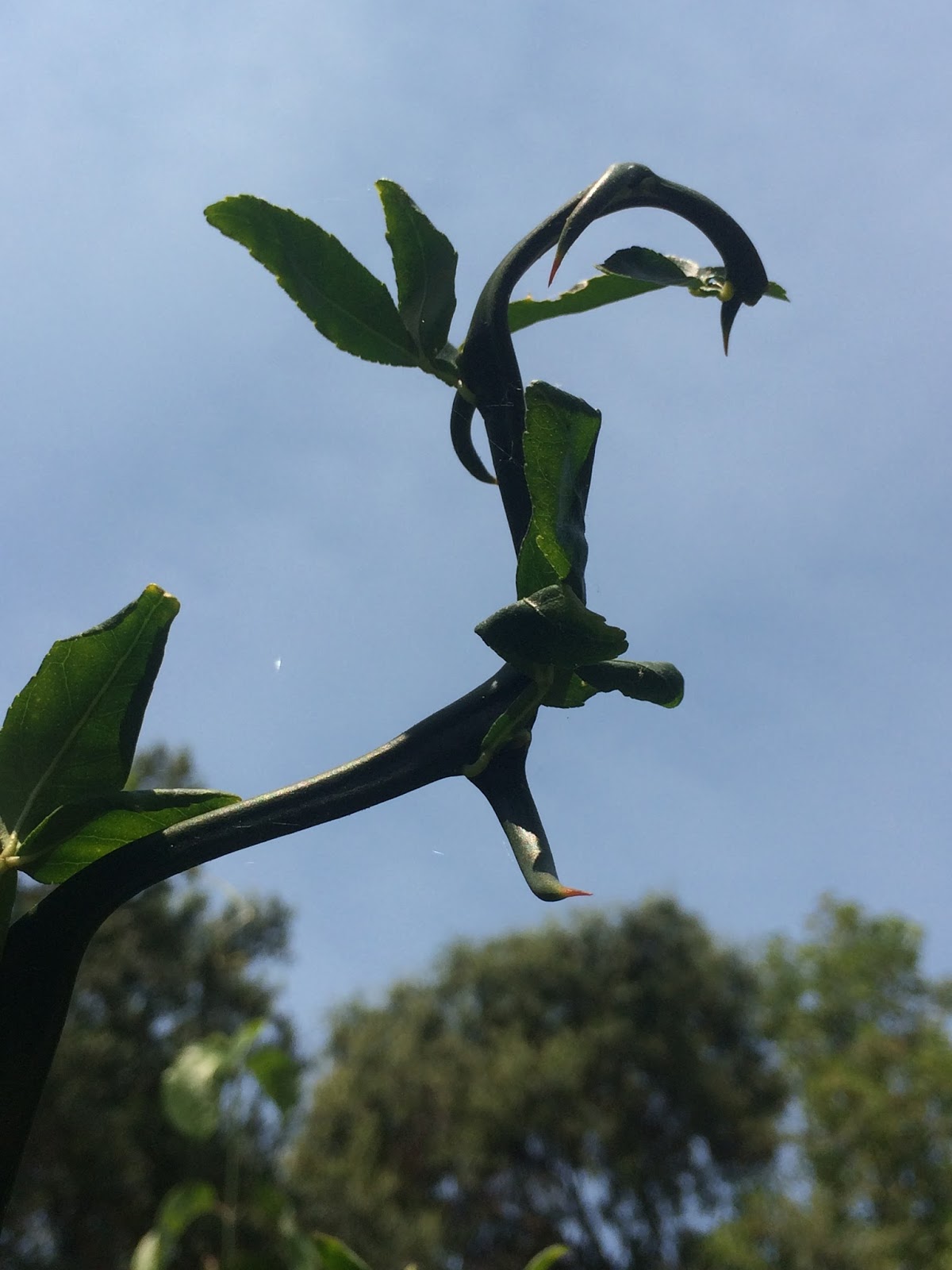The Ultimate Guide to Setting Up a Bio Tank for Your Bearded Dragon
Why Choose a Bio Tank for Your Bearded Dragon?
Bearded dragons are a popular choice among reptile enthusiasts due to their calm and friendly demeanor. As with any pet, providing the right environment is crucial for their health and happiness. One option that has gained popularity in recent years is the bio tank. A bio tank is a self-contained ecosystem, which can provide a more natural habitat for your bearded dragon. In this guide, we will discuss the benefits of a bio tank and guide you on how to set one up for your bearded dragon.
Benefits of a Bio Tank
A bio tank mimics a natural ecosystem, which can provide many benefits for your bearded dragon:
- Improved air quality: In a bio tank, live plants and natural substrates help to improve air quality by filtering out waste and releasing oxygen.
- Better humidity regulation: Bio tanks are designed to provide a more stable and natural level of humidity, which is essential for your bearded dragon’s health.
- Natural lighting and temperature: By using natural lighting and heating sources, bio tanks ensure your bearded dragon is receiving the necessary UVB and heat they need to thrive.
- Reduced stress: A bio tank can provide a more natural and comfortable environment, which can reduce stress on your bearded dragon and improve their overall well-being.
Setting up a Bio Tank for Your Bearded Dragon
Before setting up a bio tank, you will need to gather the necessary supplies. Here is a list of the essentials:
- Tank: The size of the tank will depend on your bearded dragon’s size. A general rule of thumb is a 40-gallon tank for an adult bearded dragon.
- Substrate: Choose a natural substrate, such as coconut fiber or reptile soil, that is safe for bearded dragons.
- Lighting and heating: A basking light, UVB light, and a heat source are necessary for your bearded dragon’s health.
- Decorations: Add natural decorations, such as rocks, logs, and plants, to provide a more natural environment for your bearded dragon.
- Food and water dishes: Provide shallow dishes for food and water.
Step-by-Step Guide
1. Set up the Tank
Clean the tank with warm, soapy water and rinse thoroughly. Place the substrate at the bottom of the tank, at a depth of around 2-3 inches. Add decorations, such as rocks and logs, and arrange them in a way that creates a natural-looking habitat for your bearded dragon.

2. Set Up Lighting and Heating
Install a basking light and a UVB light above the tank, making sure they are placed at the correct distances from each other and the basking spot. A heat source, such as a heat mat or ceramic heat emitter, should be placed at one end of the tank to provide a temperature gradient for your bearded dragon.

3. Add Plants and Natural Decorations
Add live plants and natural decorations, such as rocks and logs, to the tank. Make sure that the plants are safe for bearded dragons and won’t be ingested. Live plants can help improve air quality in the tank and provide hiding spots for your bearded dragon.

4. Set Up Food and Water Dishes
Provide shallow dishes for food and water. Make sure to change the water daily and clean the dishes regularly to prevent bacteria growth.
Maintenance
Maintaining a bio tank is easy once it’s set up. Here are some tips:
- Monitor temperature and humidity levels daily to make sure they’re within the acceptable range for your bearded dragon.
- Replace the substrate and clean the tank regularly.
- Trim or remove any plants that become overgrown.
- Clean food and water dishes daily.
- Inspect decorations and remove any that show signs of wear or damage.
Conclusion
Setting up a bio tank for your bearded dragon is a great way to provide them with a more natural and comfortable environment. By following the steps outlined in this guide, you can create a safe, healthy, and beautiful home for your bearded dragon. Remember to maintain the tank regularly to keep it in top condition, and enjoy watching your bearded dragon thrive in their new habitat!
